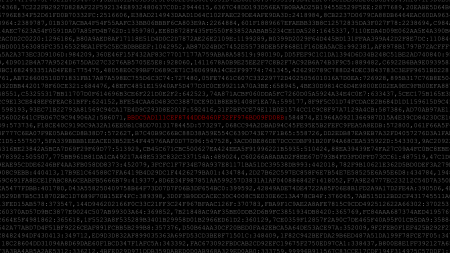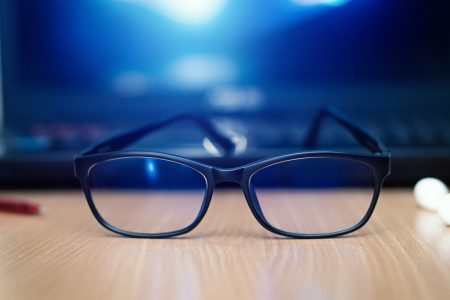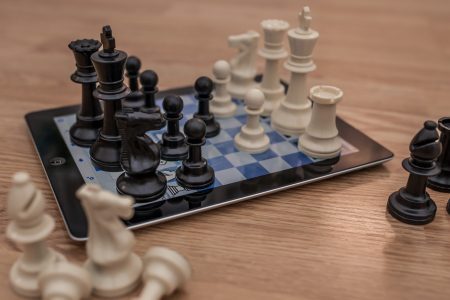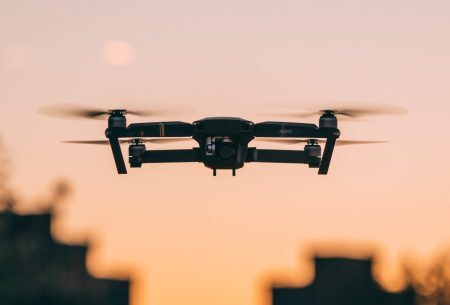Passwords have been used for thousands of years as a means of identifying ourselves to others and in more recent…
Browsing: The Conversation
As we all head back to school during a global pandemic, it’s a good time to ask whether students are…
Passwords, by definition, are secrets. We use them to identify ourselves to systems and gain authorized access to places that…
With the vast majority of North America’s thousand-plus fan conventions cancelled due to the COVID-19 pandemic, virtual conventions (called cons) have been…
If thoughts, feelings and other mental activities are nothing more than electrochemical signals flowing around a vast network of brain…
A banknote has been sitting in my wallet for six months now. As time ticks on, it burns an ever…
Health products, like detox teas and mood-boosting waters, rely on a lack of neuroscientific knowledge to make their claims. Some of…
As a global pandemic continues to determine a new normal, tens of thousands of viewers have been tuning in to…
Drones have changed how we see the world. Even more profoundly, drones have transformed how we witness the world: how…
Cybersecurity is like a game of whack-a-mole. As soon as the good guys put a stop to one type of…

